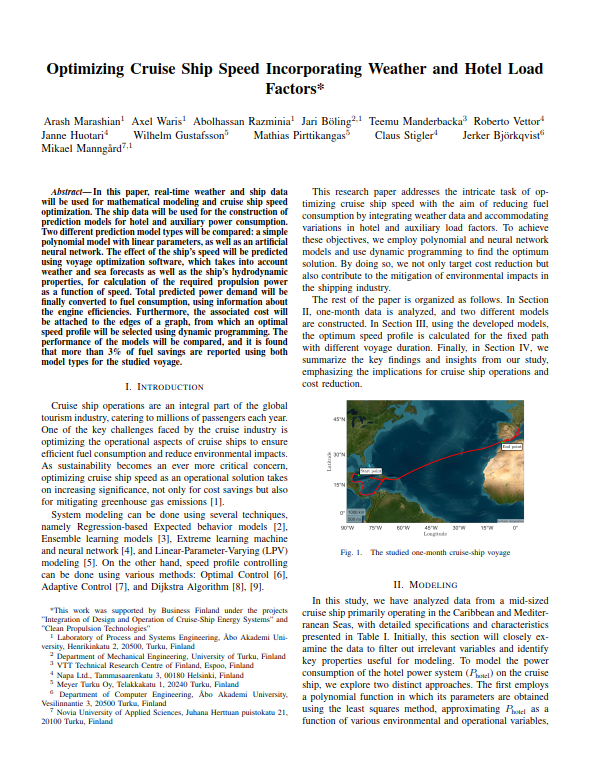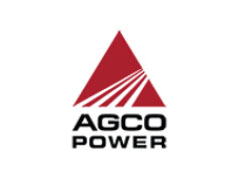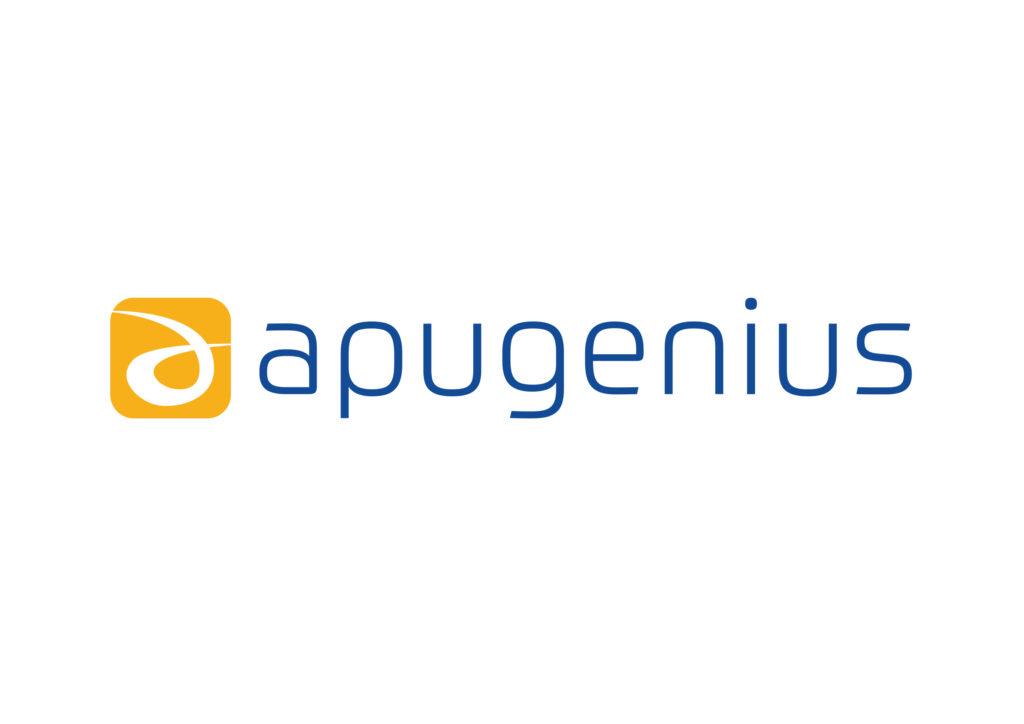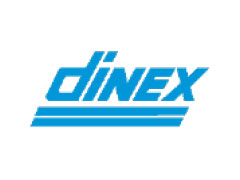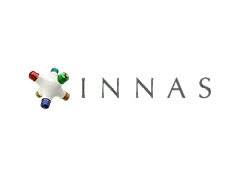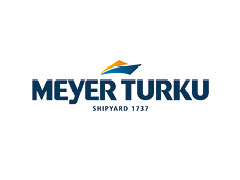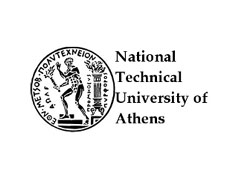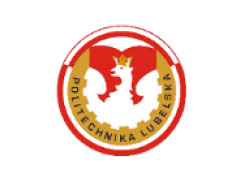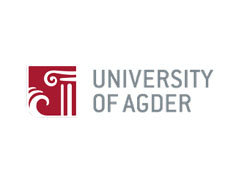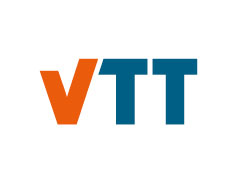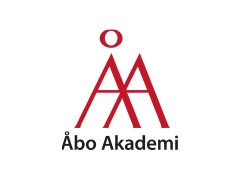In this paper, real-time weather and ship data will be used for mathematical modeling and cruise ship speed optimization. The ship data will be used for the construction of prediction models for hotel and auxiliary power consumption. Two different prediction model types will be compared: a simple polynomial model with linear parameters, as well as an artificial neural network. The effect of the ship’s speed will be predicted using voyage optimization software, which takes into account weather and sea forecasts as well as the ship’s hydrodynamic properties, for calculation of the required propulsion power as a function of speed. Total predicted power demand will be finally converted to fuel consumption, using information about the engine efficiencies. Furthermore, the associated cost will be attached to the edges of a graph, from which an optimal speed profile will be selected using dynamic programming. The performance of the models will be compared, and it is found that more than 3% of fuel savings are reported using both model types for the studied voyage.
